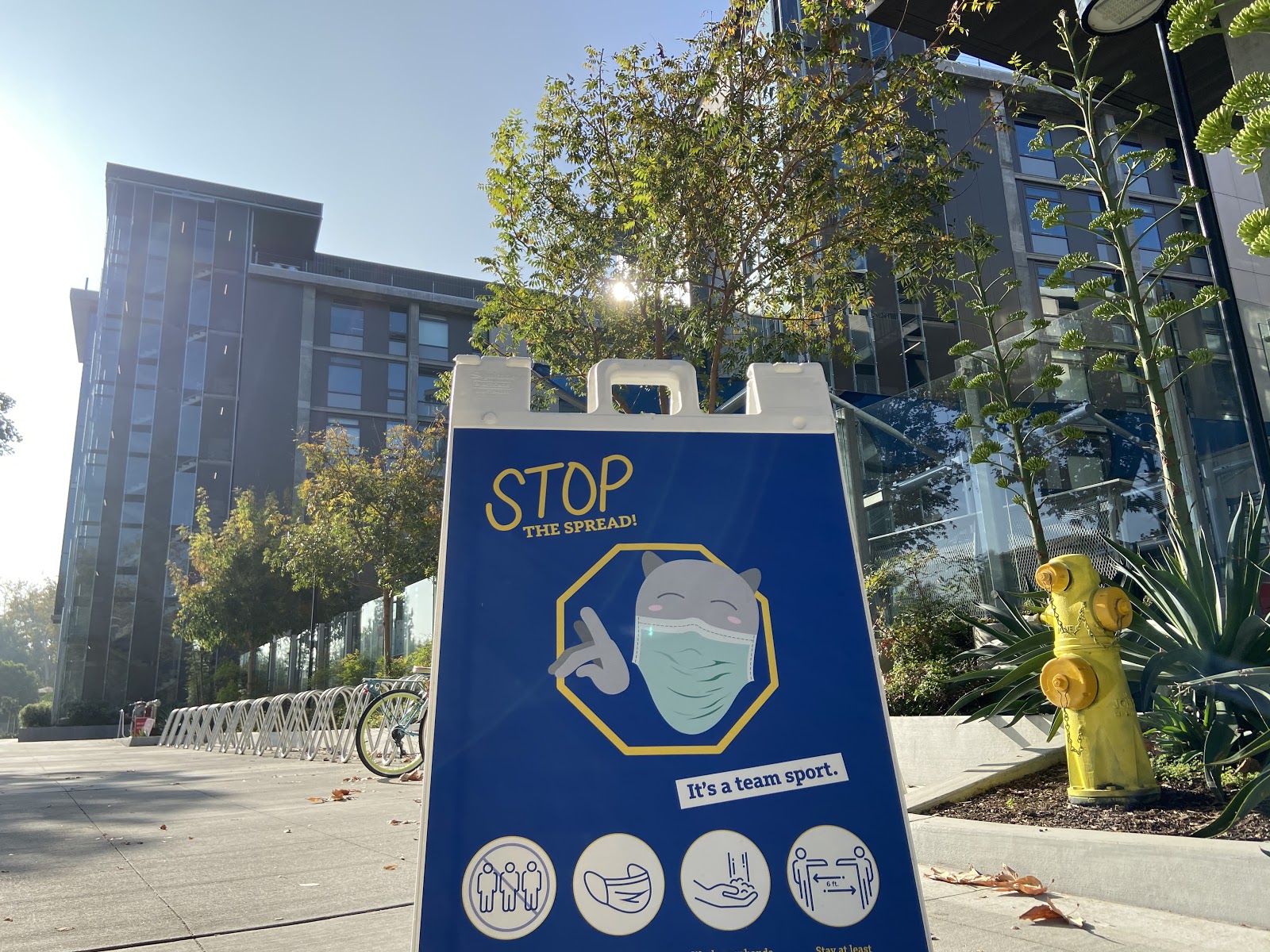We may possibly be nearing the end of the pandemic, but cases remain higher than ever, especially in California. Orange County, along with every other Southern California county, has returned to the most restrictive “purple tier” of California’s Blueprint for a Safer Economy. Am I at all shocked? Not really. Every single time cases have gone down, or restrictions have been relaxed, cases have immediately gone back up. This is proven by the United States’ curve when it comes to COVID-19.
Given that UCI is in a purple tier county, some on-campus activities have been impacted by the “Return to Purple Tier,” as described in an email sent by Interim Provost and Executive Vice Chancellor Hal Stern to the UCI community. In the announcement, not many restrictions have changed aside from indoor reservations for the ARC being prohibited, and study spaces in libraries no longer being offered. In-person gatherings were already prohibited, so the two restrictions are largely non-consequential to students.
UCI has been largely successful in preventing the spread of COVID-19 on campus, and I, as an on-campus student, can confirm that. There may be some downsides, but despite those, the policies put in place seem to have stopped the spread of COVID-19 on campus in its tracks. These policies are not only keeping the community safe but also the community around the school.
Some of the required activities, like weekly testing and the introduction of the “ZotPass” earlier this month, make it easier to identify COVID-19 cases early on. In doing so, UCI provides the necessary care to the infected that will help them to fight the virus while also separating them from others that they may infect.
Other restrictions given to on-campus residents include no guests in dorm rooms or admittance to the dining hall. However, students may move freely within their community, according to an email to Mesa Court residents by Mesa Court Housing Director Lou Gill. This presumably means we are unable to spend time with friends from other communities like Middle Earth or Arroyo Vista as long as these restrictions remain in effect.
With the Thanksgiving holiday coming up, there are concerns that students who leave for the holiday will bring COVID-19 back with them from home. This is a valid fear, as experts have already warned that cases in the U.S. will likely rise during Thanksgiving and peak shortly after. Fears of this were heightened after Thanksgiving celebrations in Canada were followed by the country’s highest spike in cases since the start of the pandemic.
With the amount of daily cases in Canada being around 4,500 and the U.S. reaching above 100,000 everyday, fears that the U.S. will do much worse in controlling the disease are not at all unfounded.
So, what is UCI doing to prevent a post-holiday outbreak on campus? They’re encouraging students not to come back to campus until winter quarter if they decide to leave for Thanksgiving. In general, students who decide to come back will be required to undergo a 7-day sequestration and be tested for COVID-19. However, the details for each resident housing is dependent on the housing community. In an email sent for Mesa Court residents, a 14-day sequestration will be enforced. This seems good in practice, but the wording should be of concern.
The meaning of “sequestration” leaves me fearful for those who are remaining on campus for the entire break. Residents were required to “sequester” when first arriving on campus, but nothing was really done to enforce that. It was not a quarantine, we were just told to only hang out with our ZotPods. However, students still interacted with people outside their ZotPod, making trips to UTC with other friends and having group gatherings in Aldrich Park regularly.
Should someone actually bring the virus back to campus after returning from Thanksgiving, there is a large risk for an outbreak if they are allowed to roam freely, which seems likely. The best way to prevent an outbreak after Thanksgiving is to impose a 14-day quarantine, not a 7-day sequestration, for residents.
Keep them in their rooms!
This is the best way for those who cannot travel home to enjoy a COVID-19-free holiday from the comfort of their dorms. Why should those who cannot go home have their holiday possibly plagued with a COVID diagnosis? Allowing returning students to move at their pleasure presents a risk to those around them if they had indeed brought the virus back from home without realizing it. UCI does have good prevention guidelines in place, but sequestration instead of a quarantine puts all those staying on campus for the holiday season at risk.
While the restrictions have kept the campus case count low, with it spiking a bit in the recent days, UCI has essentially kept cases low enough to be contained with ease. Sure, some of the restrictions might not be entirely enforceable and might scare some. I have to admit; I have been cautious around those who hang out in large groups and mix between communities because the potential to start an outbreak if even one of them had the virus is scary. Despite loopholes being abused by students and the medical jargon being tossed around, our campus continues to remain a leader in preventing the spread of the virus while also enjoying a somewhat normal version of on-campus living. These restrictions might not be perfect, but they get the job done.
Moh Samhouri is an Opinion Intern for the fall 2020 quarter. He can be reached at samhourm@uci.edu.


